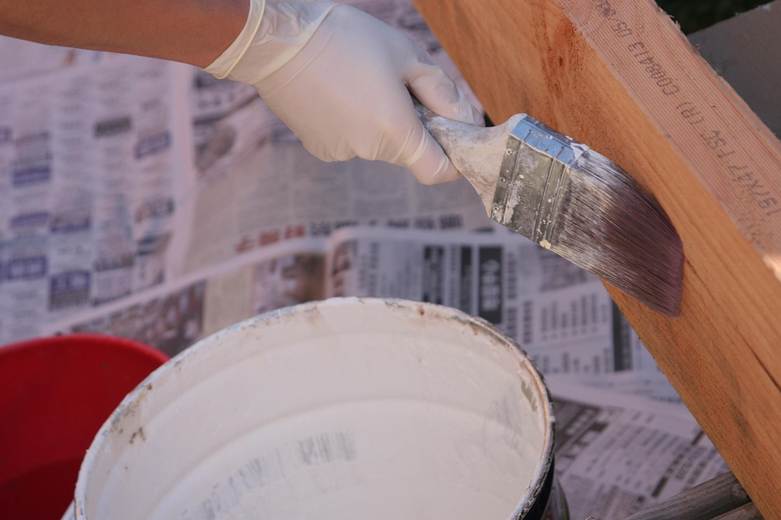Undertaking a home exterior renovation can be both exciting and daunting. Successful projects require careful planning, attention to detail, and a clear understanding of the desired outcomes.
Whether you aim to enhance curb appeal, increase property value, or improve energy efficiency, a well-structured renovation plan is vital. This article outlines key steps to ensure your renovation project proceeds smoothly, with minimal stress and maximum satisfaction.

Define Your Renovation Goals
Begin your renovation journey by identifying clear goals. Think about what you wish to achieve with your exterior overhaul. Are you hoping to modernize your home’s look, or perhaps fix structural issues? By setting specific objectives, you can develop a roadmap that guides your decision-making throughout the process.
Involve family members in this discussion, as their feedback may highlight different perspectives and ideas. It’s equally important to establish a budget early on. Assess how much you can realistically invest in this project, as this will influence your choice of materials, designs, and professionals.
Once you have a budget, prioritize your goals based on their importance and feasibility. It is wise to allow for unexpected costs, so set aside a contingency fund, typically 10% to 20% of your budget. This foresight will help you avoid financial strain down the line.
Roofing and Siding
When it comes to exterior renovations, upgrading roofing and siding is a major consideration. These components significantly impact your home’s protection against the elements and its energy efficiency. Investing in high-quality materials can lead to significant long-term benefits.
This is relevant when you include current trends that prioritize energy efficiency and sustainability. The team behind Armour Construction says that selecting the right roofing materials, like asphalt shingles, metal, or tiles, depends on your climate and aesthetic preferences. Similarly, siding options such as vinyl, wood, or fiber cement have their unique benefits and costs.
Make informed decisions by consulting professionals about the most suitable materials for your needs and budget. Investing in high-quality installation can enhance the performance and longevity of your roofing and siding.
Research and Select the Right Professionals
Your choice of contractors can make or break your renovation experience. Take the time to research various professionals in your area. Start by reading reviews online and seeking recommendations from friends or family who have undertaken similar projects.
Schedule interviews with potential candidates and ask for examples of their previous work. This personal interaction can help you gauge their expertise, reliability, and communication skills.
Be sure to verify credentials, licenses, and insurance coverage.
Reputable contractors should be listed with the Better Business Bureau and should carry liability insurance to protect you from potential accidents during the project. Once you find the right match, discuss your vision, budget, and timelines up front to ensure everyone is on the same page before work begins.
Design Considerations for Your Home Exterior
Design plays a role in exterior renovations. Take into account the architectural style of your home and how changes will harmonize with its surroundings. Think about how color, texture, and materials contribute to the aesthetic.
Research different styles, look at neighbors’ homes for inspiration, and keep in mind any neighborhood regulations regarding exterior modifications. Visualizing your end goal is important.
You might want to use design software or engage professional designers to create mock-ups of your ideas. Satisfying adjacent property owners is an important part if you're making substantial changes to your home’s exterior. Open communication can help manage expectations and avoid conflicts during the renovation process.
Plan for Permits and Regulations
Navigating permits and regulations is an important step that should not be overlooked. Many jurisdictions require permits for exterior renovations if they involve structural changes or significant alterations. It’s vital to familiarize yourself with local building codes to ensure compliance and avoid potential penalties or project delays.
Consult your local building authority or the chosen contractor for guidance on required permits. They can assist you in understanding what paperwork needs to be completed and what inspections may be necessary during the renovation process. Establishing this foundation from the start can save time and resources, allowing your project to progress smoothly.

Set a Realistic Timeline
Timing is important in renovation projects. Collaborate with your contractors to establish a realistic timeline that outlines each phase of the project. This will help in planning logistics, such as material deliveries, and in managing your own expectations regarding progress and completion dates.
Remember that unforeseen issues can arise, so maintain some flexibility. Communicate any specific deadlines that may be important to you, such as special events or seasons. A good contractor will appreciate this information and will do their best to accommodate your needs while keeping the project on track.
Regular updates regarding progress can further alleviate any concerns and enhance your peace of mind throughout the renovation process.
Careful planning and execution are vital for a successful home exterior renovation. Through clear goal-setting, informed material selections, and collaborative contractor relationships, you can ensure that your renovation meets your expectations and enhances your home’s long-term value.









